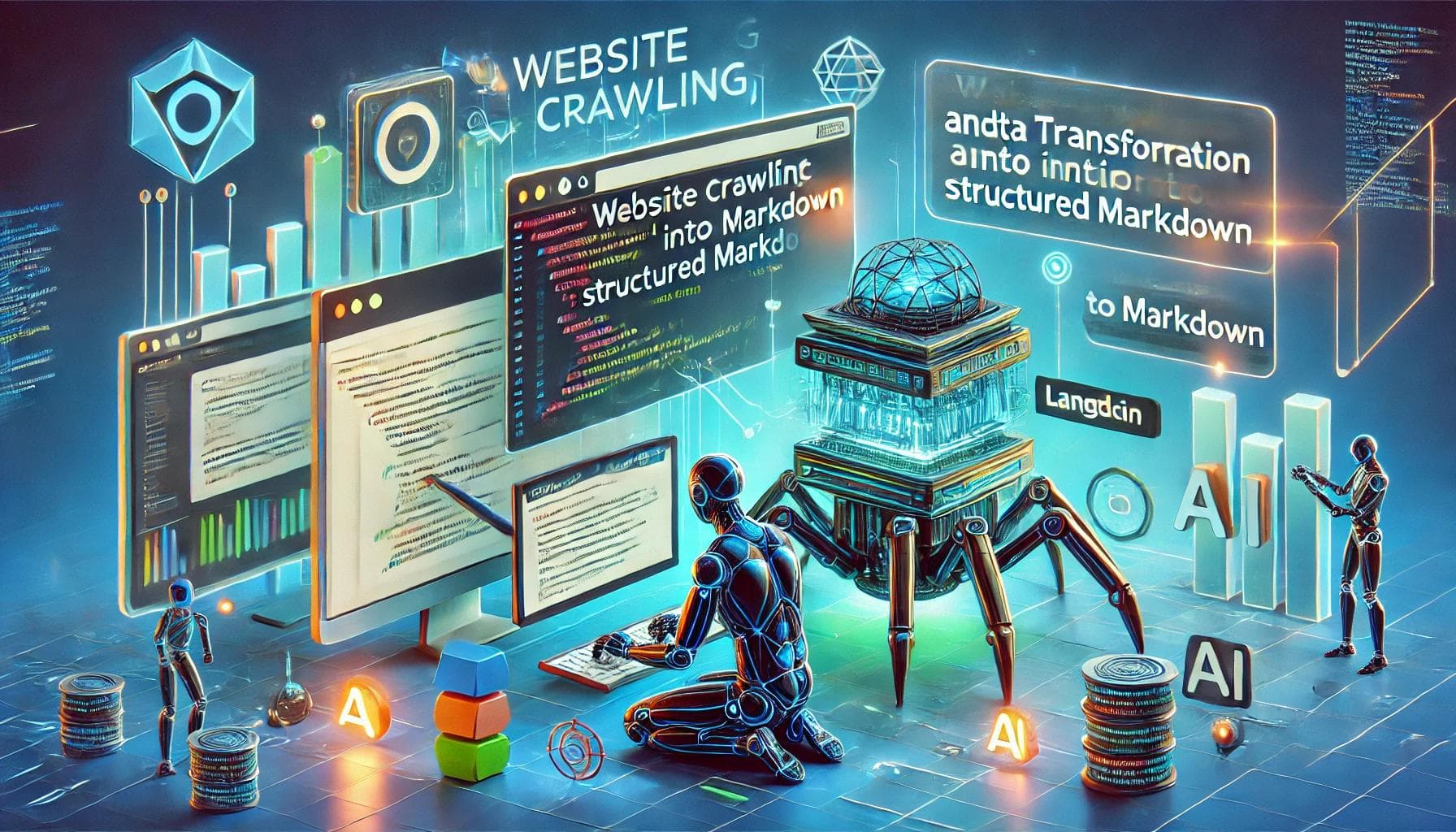|6 min reading
Microsoft’s Phi-3.5 Models: A Breakthrough in AI Language and Vision

Don't Miss This Free AI!
Unlock hidden features and discover how to revolutionize your experience with AI.
Only for those who want to stay ahead.
Microsoft’s Phi-3.5 Models: A Revolution in AI Language and Vision
Microsoft has unveiled its groundbreaking Phi-3.5 series, featuring Phi-3.5-MoE-instruct and Phi-3.5-vision-instruct models. These advancements redefine efficiency and performance in artificial intelligence, setting a new benchmark in both language processing and visual understanding. Let’s explore their features, architecture, and future implications.
Phi-3.5-MoE-instruct: The Power of Mixture of Experts
Phi-3.5-MoE-instruct builds upon the success of its predecessor, the Phi-3 Mini, with an advanced Mixture of Experts (MoE) architecture. Here are its key highlights:
Key Features
- Parameters: 16x3.8B (6.6B active – 2 experts activated)
- Context Window: 128K tokens
- Multilingual Capabilities: Supports diverse languages globally
- Training Data: 4.9T tokens with 10% multilingual content
- Hardware Utilized: 512 H100 GPUs for 23 days
Architecture and Design
The MoE design enables selective activation of parameters during inference, balancing computational efficiency with high performance. This design ensures optimal results without the need for larger, resource-intensive models.
Training and Performance
Extensive training on a diverse dataset has resulted in impressive benchmark results:
ModelAverage Benchmark ScorePhi-3.5-MoE-instruct69.2Mistral-Nemo-12B-instruct-240761.3Llama-3.1-8B-instruct61.0
Multilingual Capabilities
This model supports an extensive range of languages, including but not limited to English, Spanish, Chinese, Russian, Arabic, and French. Its global applicability makes it invaluable for multilingual tasks.
Phi-3.5-vision-instruct: Bridging Language and Vision
Extending the Phi-3 family, the Phi-3.5-vision-instruct model excels in tasks requiring a fusion of language and visual understanding.
Key Features
- Parameters: 4.2B
- Specialization: TextVQA and ScienceVQA
- Training Data: 500B tokens
- Hardware Utilized: 256 A100 GPUs for 6 days
Architecture and Capabilities
This model integrates:
- An image encoder for visual input
- A connector and projector for seamless language-vision interaction
- The Phi-3 Mini language model for advanced text processing
Applications include:
- Optical character recognition
- General image understanding
- Multi-image comparison
- Video clip summarization
Benchmark Performance
Phi-3.5-vision-instruct has achieved exceptional scores:
BenchmarkPhi-3.5-vision-instruct ScoreMMMU (val)43.0MMBench (dev-en)81.9TextVQA (val)72.0
Shared Features of the Phi-3 Models
Both models share several core attributes:
Open Source and Licensing
- License: MIT, promoting broad commercial and research usage.
Hardware Optimization
- Optimized for NVIDIA GPUs, including A100, A6000, and H100 models.
- Employs flash attention for superior computational efficiency.
Responsible AI Practices
Microsoft has prioritized safety by:
- Implementing supervised fine-tuning and human feedback reinforcement.
- Conducting rigorous red-teaming and adversarial testing.
- Evaluating models using safety benchmark datasets.
Limitations and Considerations
Despite their advancements, the Phi-3 models are not without challenges:
- Potential biases in multilingual datasets.
- Reliability concerns in high-stakes scenarios.
Future Directions and Implications
Efficiency in AI
The Phi-3 family proves that smaller models can match or surpass larger ones in performance, reducing computational costs and environmental impact.
Democratization of AI
The open-source nature enables developers and researchers with limited resources to access cutting-edge AI.
Advancements in Multimodal AI
Phi-3.5-vision-instruct bridges the gap between language and visual AI, paving the way for novel applications in areas like healthcare, education, and automation.
Responsible AI Development
Microsoft’s ethical framework sets a benchmark for safety and fairness in AI deployment.
Potential Applications
- Advanced chatbots and virtual assistants
- Document analysis and data extraction
- Visual search engines
- Integrated language-visual AI tools
Conclusion
Microsoft’s Phi-3.5 models represent a significant leap in AI, blending efficiency, versatility, and ethical considerations. Their ability to perform on par with larger models while being computationally efficient underscores their revolutionary impact. These models mark a new era of AI innovation, offering exciting possibilities for researchers, developers, and industries alike.
FAQ
1. What is the key difference between Phi-3.5-MoE-instruct and Phi-3.5-vision-instruct?
Phi-3.5-MoE-instruct focuses on multilingual language processing, while Phi-3.5-vision-instruct bridges language and visual tasks, excelling in areas like TextVQA.
2. Are the Phi-3 models open source?
Yes, both models are open source under the MIT license, enabling widespread adoption for commercial and research purposes.
3. How do the Phi-3 models contribute to AI efficiency?
Their architecture emphasizes computational efficiency, achieving high performance without requiring excessive resources.
4. What industries can benefit from Phi-3 models?
Industries like healthcare, education, customer service, and automation can leverage the models for tasks such as document analysis, image understanding, and AI-driven chatbots.
5. What ethical measures are implemented in Phi-3 models?
Microsoft has incorporated supervised fine-tuning, human feedback, adversarial testing, and safety evaluations to ensure responsible AI practices.
Related Articles

3 Incredible Claude 3 Prompts That Highlight Its Versatility
Discover Claude AI’s amazing capabilities with prompts that showcase its skills in coding, visualization, and simplifyin...

How to Fix ModuleNotFoundError: No Module Named 'langchain_openai' Error
Resolve the "ModuleNotFoundError: No module named 'langchain_openai'" error quickly with our comprehensive guide. Learn ...

Firecrawl: Crawling Websites into LLM-Ready Markdown
Discover how Firecrawl simplifies website crawling into LLM-ready markdown

How to Use Llama 3.1 405B Without a VPN: Unlock AI's Full Potential
Discover how to access Llama 3.1 405B without a VPN. Learn the benefits of using Merlio AI for seamless integration, adv...
Latest Articles

AI Clothing Remover Understanding the Reality Ethical Risks and Safer AI Use
Learn what AI clothing remover means, why it raises ethical and legal concerns, and how responsible AI platforms promote...

Sushi AI: What It Means and How AI Is Changing Sushi Restaurants
Discover what Sushi AI means, how AI is used in sushi restaurants, smart ordering, menus, and how AI tools like Merlio h...

Sakura AI Review: Features, Pricing, Safety, Privacy, Limits & Better Alternatives
Explore Sakura AI in detail. Learn features, pricing, safety, privacy, message limits, and whether Sakura AI is worth us...
